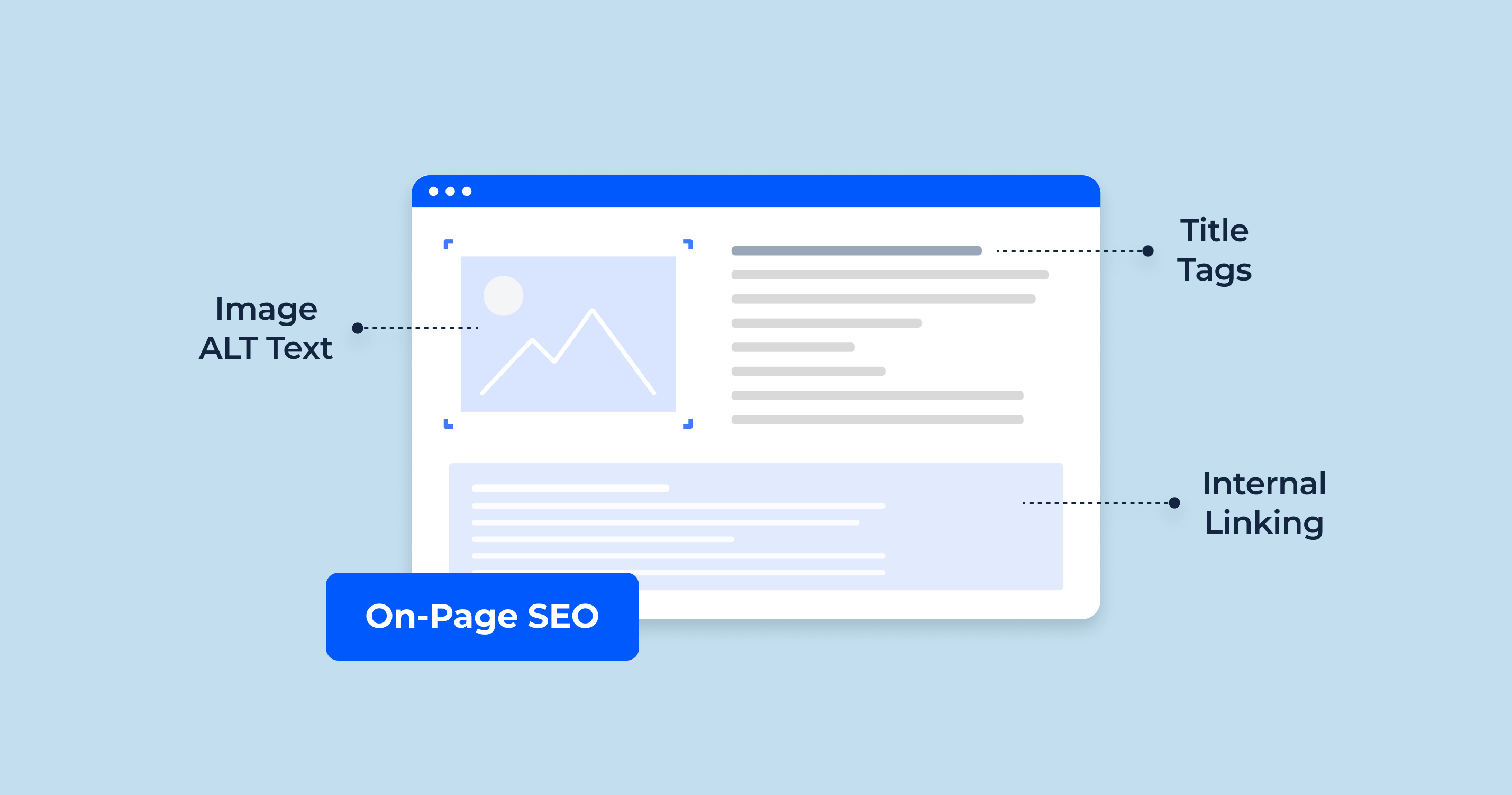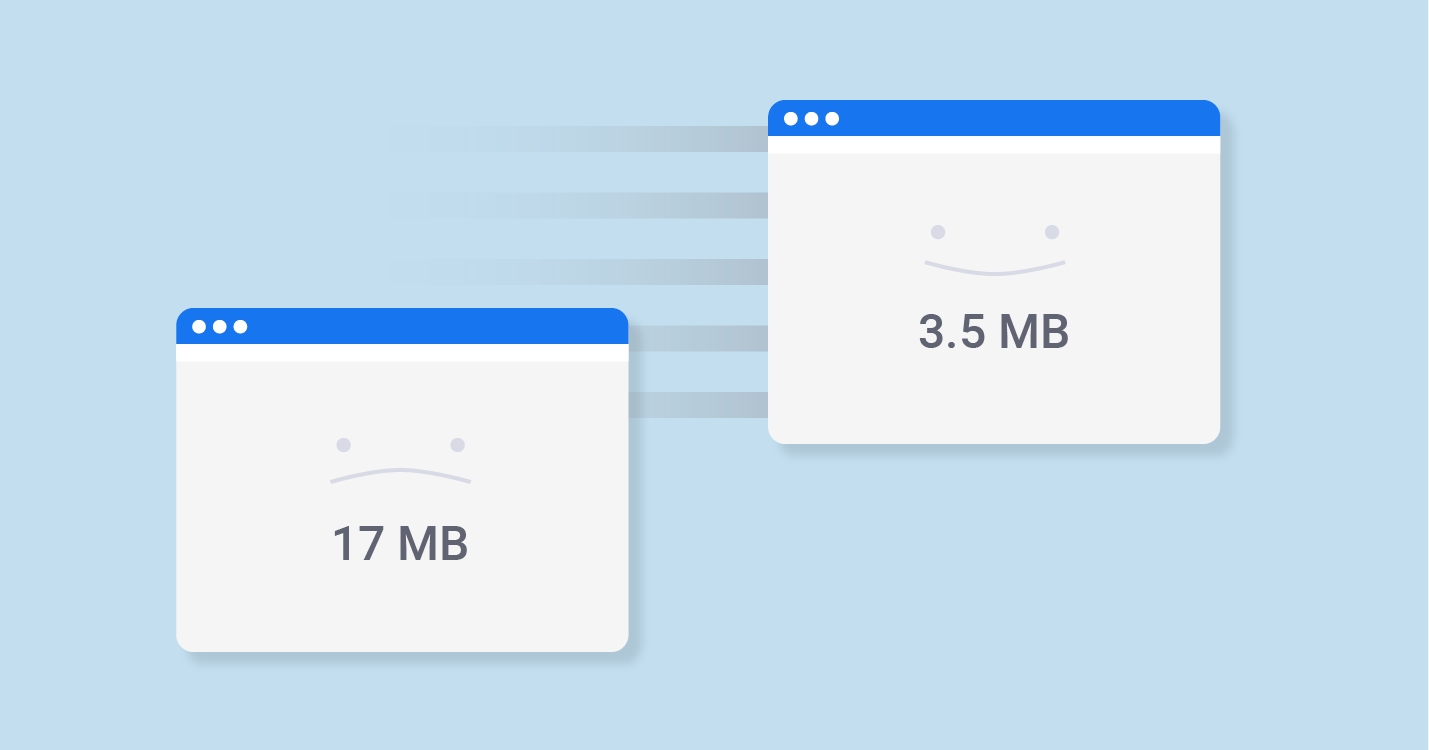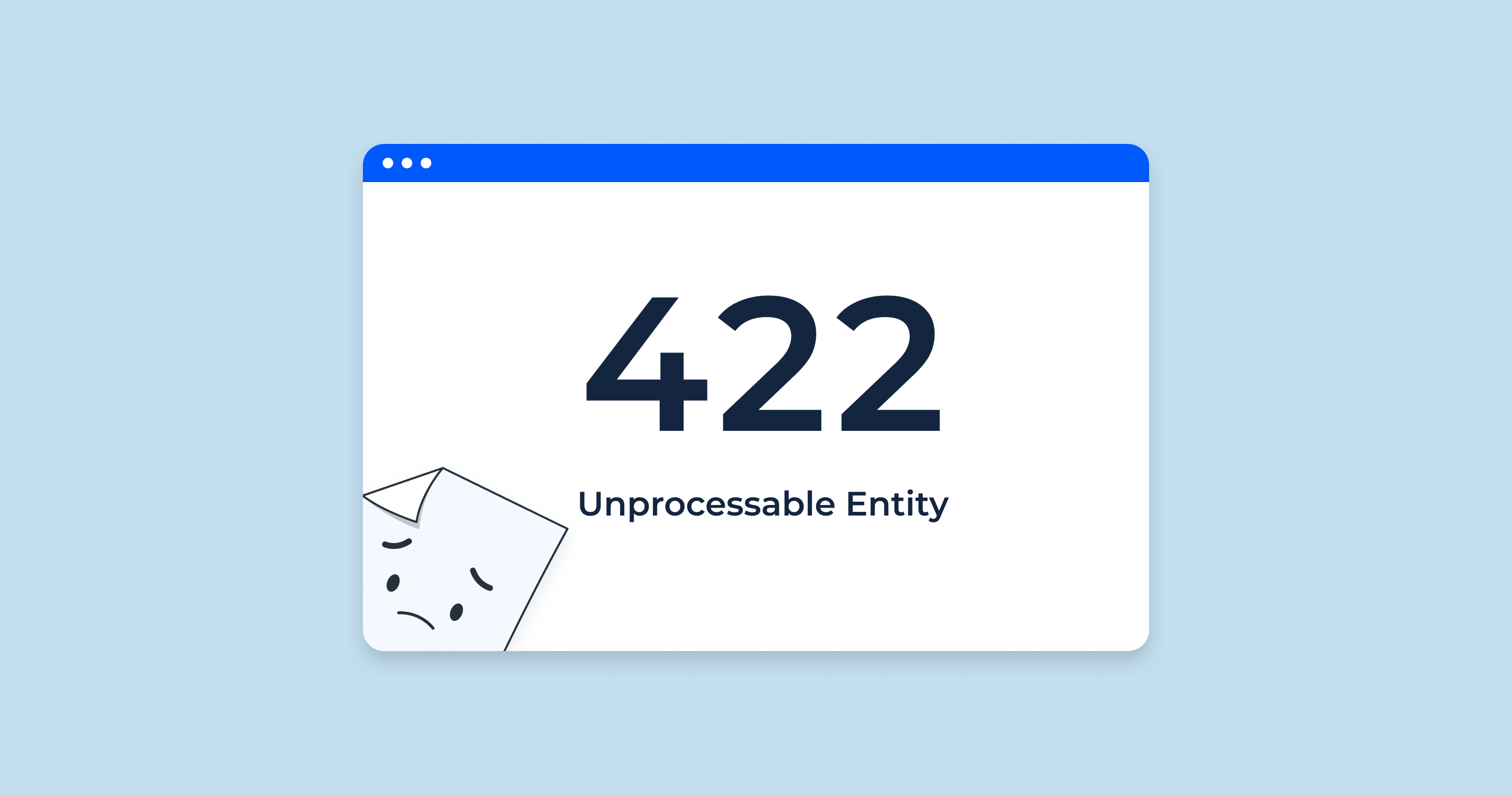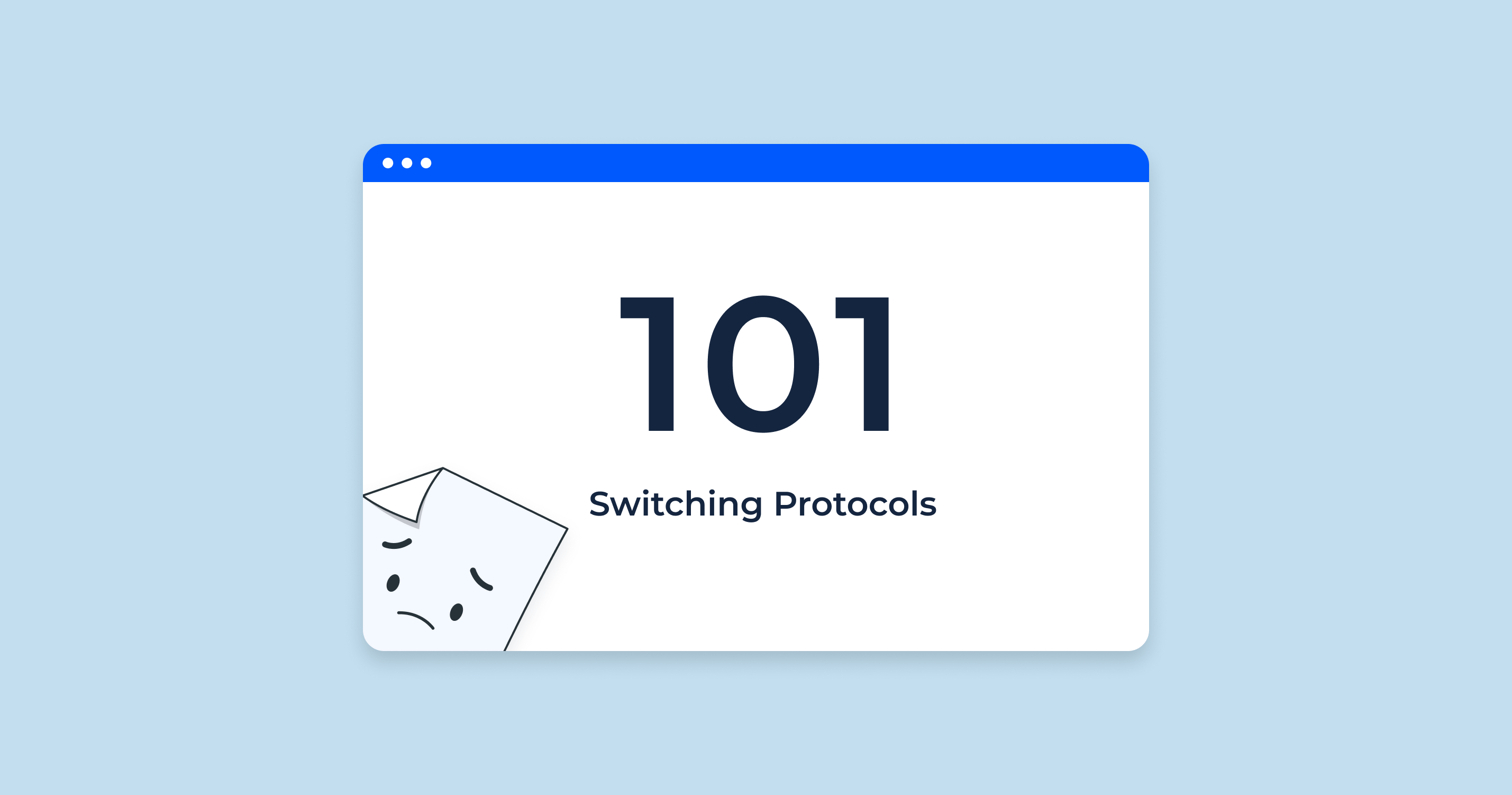Désolé, cet article est seulement disponible en English.
Ivan Palii
Experte en marketing
Ivan travaille en tant que spécialiste du marketing produit chez Sitechecker. Obsédé par l'analyse et la création d'une stratégie commerciale pour les produits SaaS. Lire la bio complète









